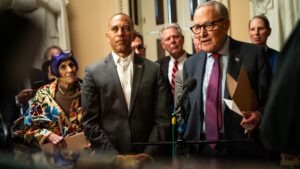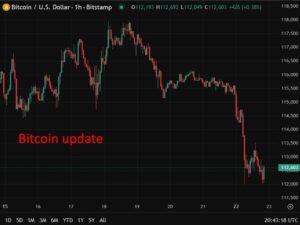India’s 2024-25 Budget should consider the establishment of dedicated climate finance institutions in a public-private partnership mode, said Pradeep S.Mehta, Secretary-General of CUTS International, during a webinar titled ‘Accelerating Private Investment in Climate Finance’
Mehta also emphasised that engaging the private sector is central to building a sustainable and resilient future. Collaboration, innovation, and unwavering commitment are essential to unlock the full potential of climate and biodiversity finance.
The webinar was organised as part of an international campaign: “Global Alliance for Leveraging Innovative Finance (GALIF)” for Climate and Biodiversity funding. This programme is being run by CUTS, whose Advisory Committee is headed by Montek Singh Ahluwalia and includes members such as Vera Songwe; Amar Bhattacharya; Arunabha Ghosh; Pascal Lamy; Benito Muller and Avinash Persaud.
Speaking at the event, Suranjali Tandon, Associate Professor at NIPFP, suggested extending the public-private partnership (PPP) model beyond road infrastructure to sectors such as vehicle charging infrastructure.
She emphasised the need for a budget tagging process, citing the fiscal roadmap policy of Odisha as an example, and underlined the importance of assessing debt sustainability in these initiatives.
“India should increase its accumulated savings to attract more private financing from other countries” observed Dhruba Purkayastha, Director of Growth and Institutional Advancement at CEEW. “By boosting these savings, India could significantly reduce the perceived risks for potential foreign investors, which would boost confidence in the stability of Indian markets”.
Labanya Prakash Jena, Programme Head of the Centre for Sustainable Finance at Climate Policy Initiative, highlighted a trend among banks as low-risk investors to promote their investments in highly-rated securities. They are risk averse.
Recognising the limitations of this approach, Jena advocated exploring alternative investment strategies to diversify financing sources and expand support for climate-related initiatives.
Mrityunjoy Mohanty, Professor of Economics, IIM, Calcutta, noted a decline in the Statutory Liquidity Ratio (SLR) by 7%, with government securities experiencing a lesser decline of 3% indicating a conservative banking approach favouring safer assets. He added that safe assets held by banks should be used to finance climate adaptation and mitigation-related projects.










